Taj Mahal
Beyond the marble facade
 The Taj Mahal sure knows how to make a lasting impression.
The Taj Mahal sure knows how to make a lasting impression.
This stunning marble monument in Agra has been catching everyone’s eye since the 17th century. As a UNESCO World Heritage Site, the Taj Mahal brings together the best of Mughal architecture and timeless beauty.
The love story behind the Taj Mahal
The story of the Taj Mahal begins with Mughal Emperor Shah Jahan’s deep love for his wife, Mumtaz Mahal.
When she passed away in 1631, Shah Jahan commissioned this grand monument as her final resting place. The construction took over two decades to complete, with thousands of artisans working to create this masterpiece. The emperor spared no expense, bringing in materials and craftsmen from across Asia to ensure the finest quality workmanship.
The Taj Mahal showcases the pinnacle of Mughal architecture.
Its perfect symmetry and graceful proportions demonstrate the exceptional skill of its creators. The main structure rises upon a square platform, with four identical facades featuring stunning archways and intricate Islamic art patterns. The architectural style combines elements from Islamic, Persian, Ottoman Turkish and Indian designs, creating a unique and harmonious blend.
Design elements and symmetry
The striking features of the Taj Mahal include its masterful use of proportion and geometric patterns.
The central dome reaches toward the sky, while four smaller domes complement its grandeur. Four slender minarets stand guard at each corner, adding to the perfect balance of the design. The entire structure is crafted from white marble, inlaid with precious and semi-precious stones that create elaborate patterns. The marble changes colour throughout the day, reflecting different moods from dawn to dusk.
The construction of the Taj Mahal involved materials from various regions. The translucent white marble came from Rajasthan, jade and crystal from China, turquoise from Tibet, lapis lazuli from Afghanistan, and sapphire from Sri Lanka.
The level of detail in the Islamic art decorations showcases the remarkable skill of the craftsmen, who created intricate flower patterns using semi-precious stones inlaid in the marble.
The surrounding gardens and waterways
The garden surrounding the Taj Mahal follows the classic Mughal style. Divided into four parts by waterways, it represents the Islamic ideal of paradise. The reflecting pools mirror the magnificent marble structure, creating a mesmerising sight at dawn and dusk. The gardens feature carefully selected trees and flowers, creating a peaceful sanctuary that enhances the overall beauty of the monument.
Cultural significance and heritage status
The Taj Mahal represents more than architectural excellence. It serves as a symbol of India’s rich cultural heritage and the golden age of Mughal architecture. Its influence extends beyond national borders, inspiring countless artists, architects, and poets throughout history.
The monument attracts millions of people to Agra annually, contributing significantly to India’s cultural tourism.
Modern conservation efforts ensure that this magnificent structure continues to inspire future generations.
My thoughts on the Taj Mahal
The Taj Mahal is undoubtably one of the world’s most celebrated monuments, combining architectural mastery, artistic beauty, and a touching love story. From its perfect symmetry to its intricate Islamic art details, every aspect of this marble masterpiece had me gaping in awe and wonder. Except for the interior.
Inside the memorial everything is hidden bt screens, it is dark, crowded and entirely underwhelming. Don’t get me wrong. I was really glad I came to the Taj Mahal that had been on my bucket list for years.
The careful selection of materials, the precision of its construction, and the beauty of its surroundings make this an enduring symbol of human achievement and eternal love. Its is just a pity that this is not currently evident in the burial chamber.

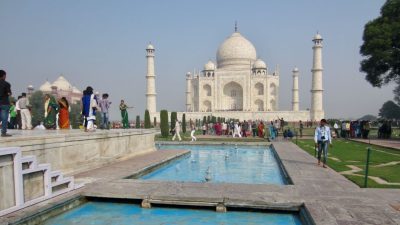
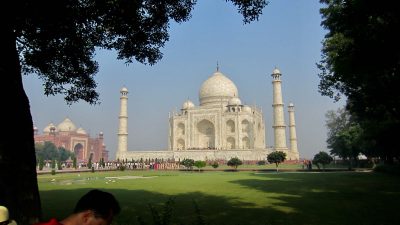
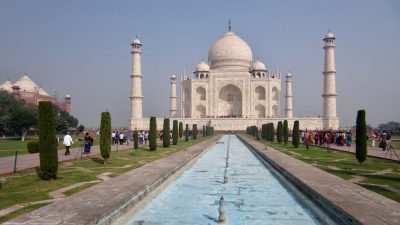
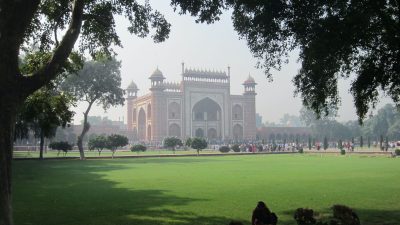
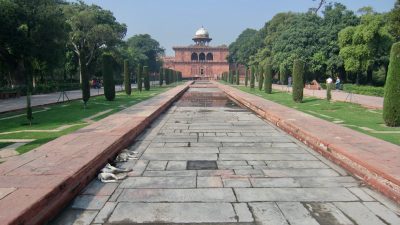
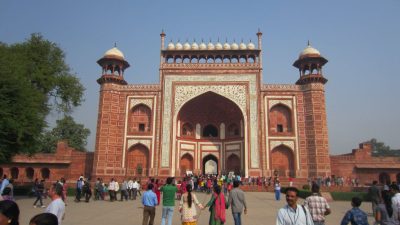
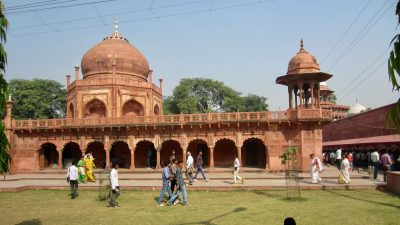

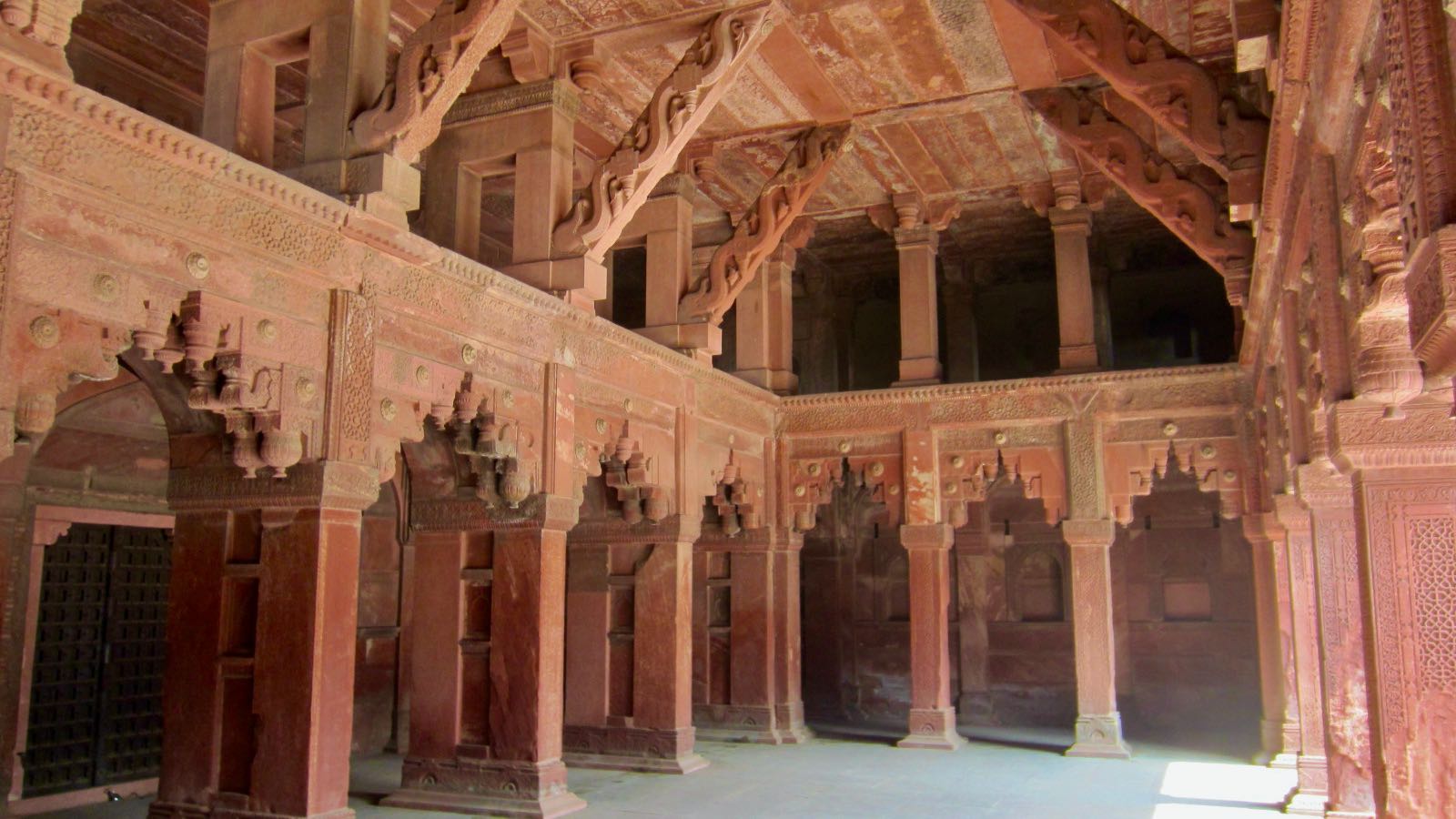
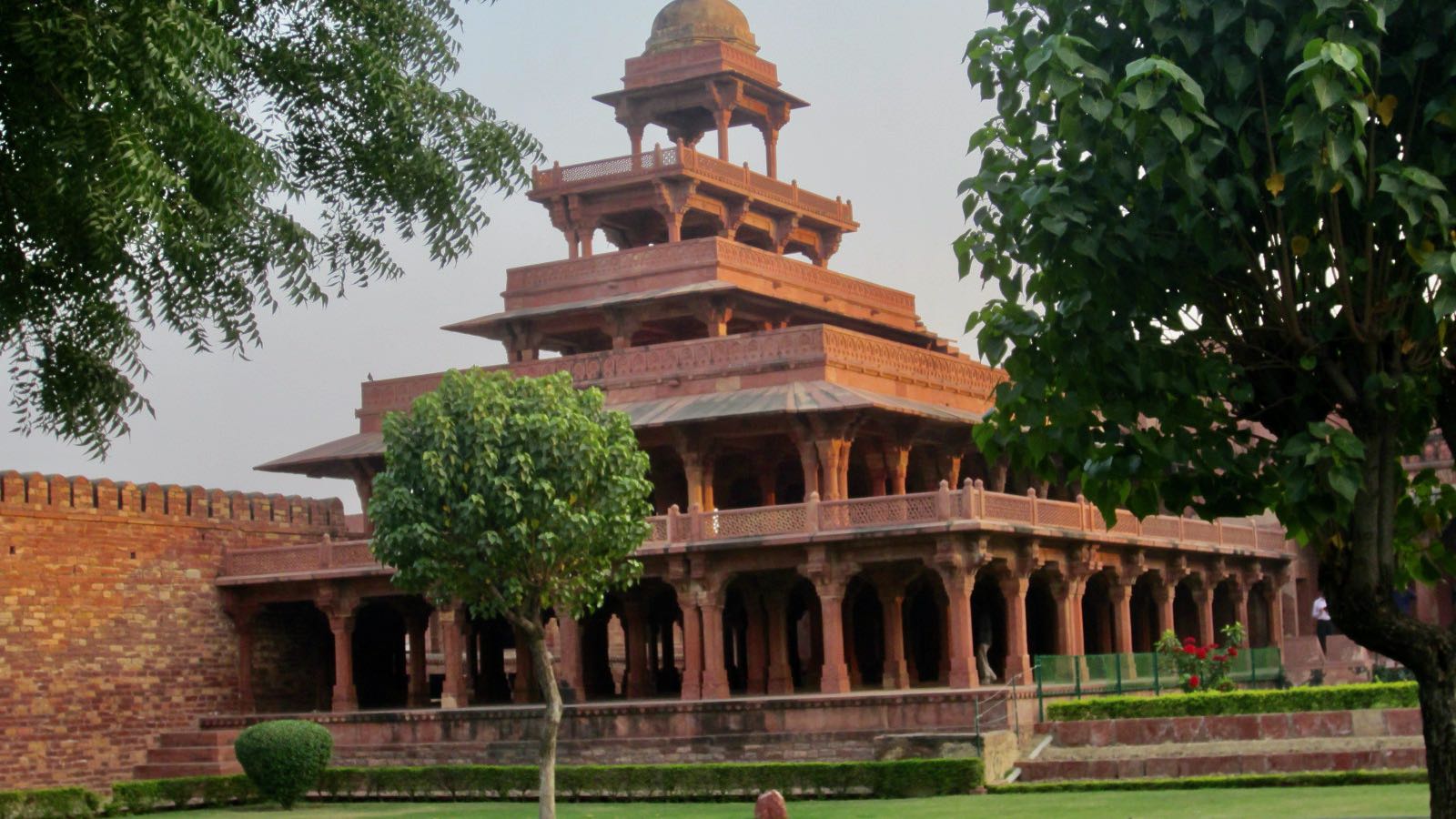
Leave A Comment